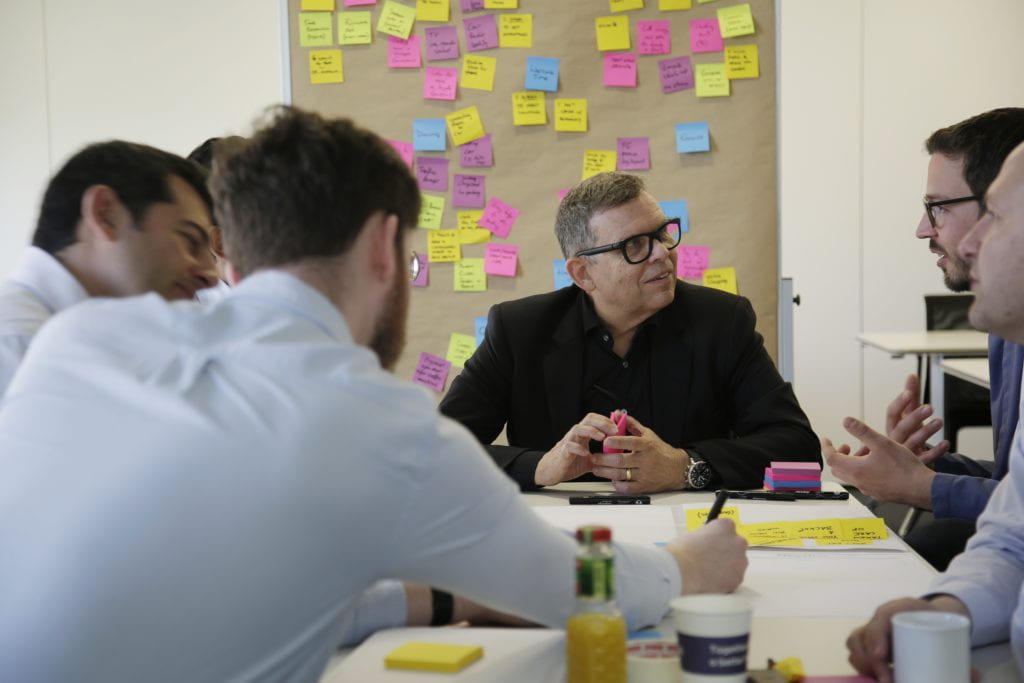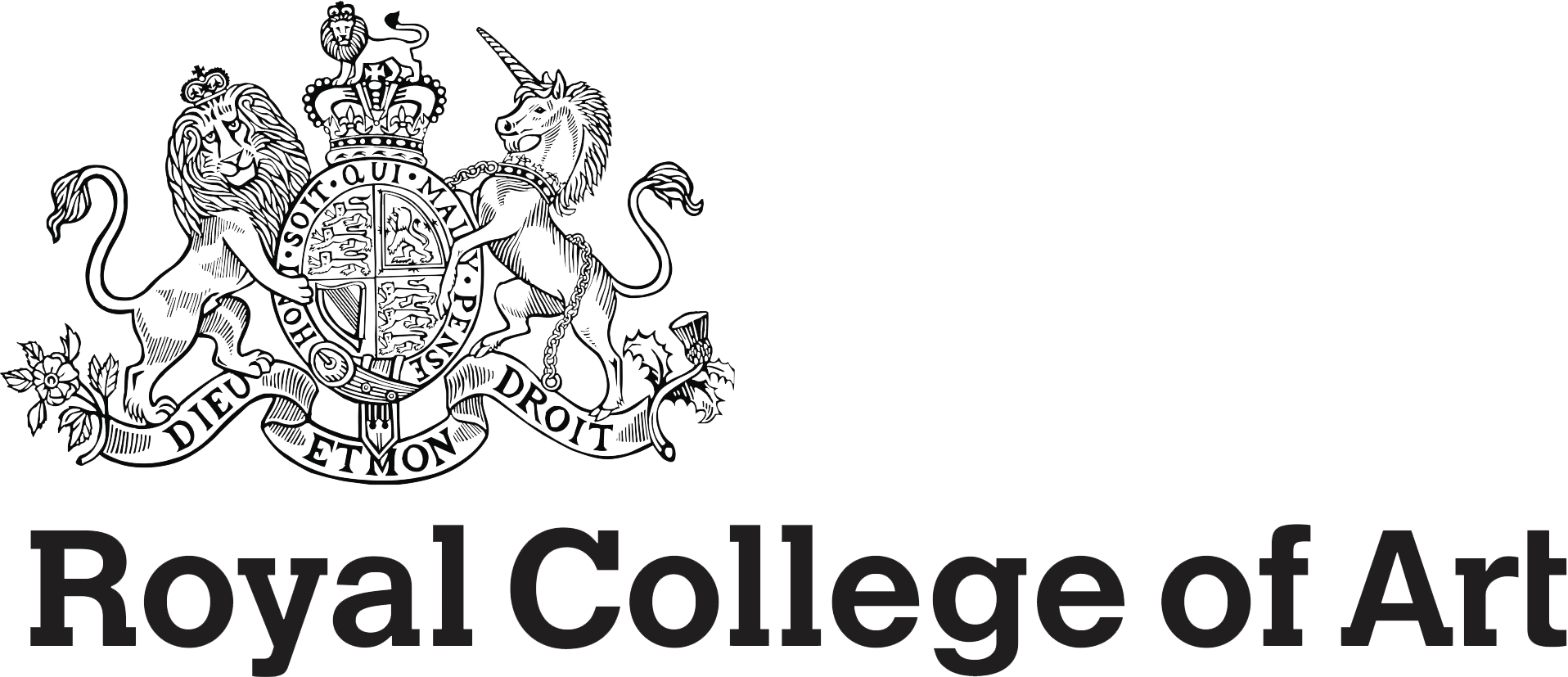1 Technology and Interactions, Mobility Scenarios and Emotions
We considered areas such as wellbeing, happiness and commuting; infrastructure topics such as hyperlinked cities, first and last mile issues; social concerns regarding population growth and future unemployment. We observed how products are produced using existing and emerging technologies. And we explored how to satisfy users’ demands and fulfill their expectations using emerging technologies.
The timeline shows products using ‘smart technology’ and some with ‘emotions’ considered in the product development, fundamentally they are all technology driven.
To understand product developments in relation to emotion, smart technology and mobility we created a timeline illustrating them. It shows the role of technology as an influencer to products and mobility, as well as how these support our daily lives. Emotion has been considered in the design process, transferring the focus from styling to seeking to create an emotional bond between the user and the device.

Hyundai Motor Group workshop.
At the workshop we held with employees from different departments within the Hyundai Motor Group in Germany, we explored the connection between applied technologies and people’s emotions, and considered how their behaviour is affected. We identified negative aspects of today’s vehicle technology – for example, inefficient in-vehicle interfaces, failed communication between vehicles on highways and automatic operational corrections during driving. Based on the findings we looked at potential design opportunities to optimise user experience.

Hyundai Motor Group workshop.
Next Chapter
